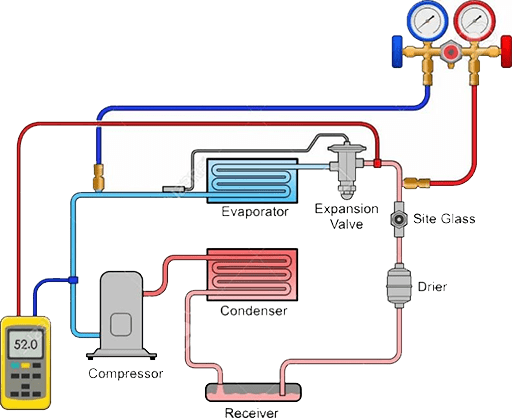
Figure 1: A sample of a Danfoss T2/TE2 thermostatic expansion valve.
The thermostatic expansion valve, also known as the thermal expansion valve, controls the opening degree of the expansion valve through controlling the degree of superheat of the gaseous refrigerant at the outlet of the evaporator. According to the different balance methods, thermostatic expansion valves can be divided into two types: internally equalized type and externally equalized type. It is widely used in non-flooded evaporators.
Thermostatic expansion valves come in a variety of models. To choose a suitable model, the basic parameters that need to be determined include evaporation temperature, condensation temperature, degree of supercooling, pressure drop of liquid separator, refrigerant, cooling capacity, interface size, whether maximum operating pressure (MOP) function is required, the scope of use of evaporation temperature, etc.
The following will explain some important parameters and provide a step-by-step guide of model selection.
1. Important Parameters
There are plenty of parameters to consider during the selection of a thermostatic expansion valve. But here we mainly discuss nameplate capacity, evaporation and condensation temperatures and degree of supercooling.
1.1 Nameplate Capacity

Figure 2: The nameplate of a Danfoss thermostatic expansion valve.
If a thermostatic expansion valve has a nameplate cooling capacity of 32Kw, it refers to the actual cooling capacity of the valve corresponding to the R410A refrigerant under the ASERCOM standard operating conditions, with 4 degrees of static superheat and 4 degrees of open superheat. The capacity of the valve is approximately proportional to the degree of superheat, and the linear adjustable range is 30%~120%. Moreover, the static superheat degree of the valve is adjustable within the range of 0 to 8 degrees. This provides large room for selection.
1.2 Evaporation and Condensation Temperatures
The low pressure and high pressure used in valve selection correspond to the outlet and inlet pressure of the valve, while the evaporating temperature and condensing temperature in the air conditioning unit usually refer to the refrigerant pressure at the two heat exchanger outlets. In the selection, we need to consider the pressure drop generated by the liquid pipe from the condenser outlet to the inlet of the thermostatic expansion valve and all accessories installed in the pipe.
1.3 Degree of Supercooling
The greater the degree of supercooling is, the greater the capacity of the thermostatic expansion valve is. If you are not sure about the degree of supercooling of your system design, you can make an empirical estimate. The degree of supercooling of the air-cooled system is generally about 2 degrees, and that of the water-cooled system is generally about 4 degrees. As for a system with an economizer, the size of the economizer match should be considered.
2. How to Select a Thermostatic Expansion Valve
After discussing the above three basic concepts, the following will give a step-by-step guide of the thermostatic expansion valve selection:
1. Determine the filling type of the valve. For example, for cold storage applications with evaporation temperature of -30 degrees, we can only choose N series -40 to +10 degrees.
2. Determine whether the MOP function is required. Except for very special applications, the normal refrigeration and air conditioning system does not need the MOP function.
3. Determine the refrigerant, capacity and evaporation temperature.
4. Calculate the pressure difference on both sides of the valve.
5. Modify the required capacity according to the degree of supercooling.
6. Select the appropriate thermostatic expansion valve according to the data table in the sample.
7. Determine the valve code against the sample.

Figure 3: 2D diagram of air conditioning refrigeration cycle.
Related Info
Detailed Classifications and Features of Electric MotorsPros and Cons of 4 Pairs of Electric Motors
6 Common Electric Motor Failures and Solutions
What is a Thermostatic Expansion Valve?
What is an Electronic Expansion Valve?


